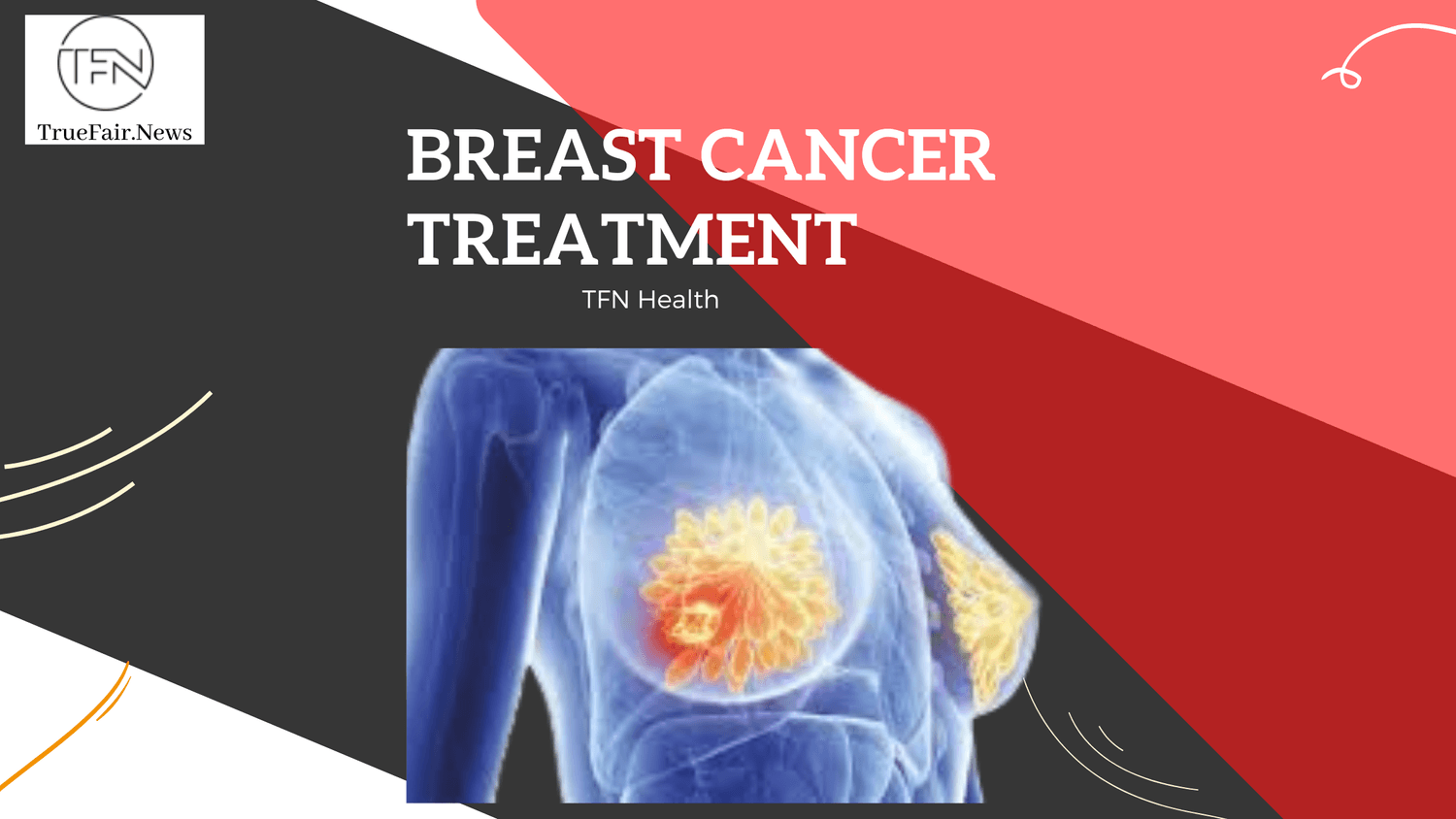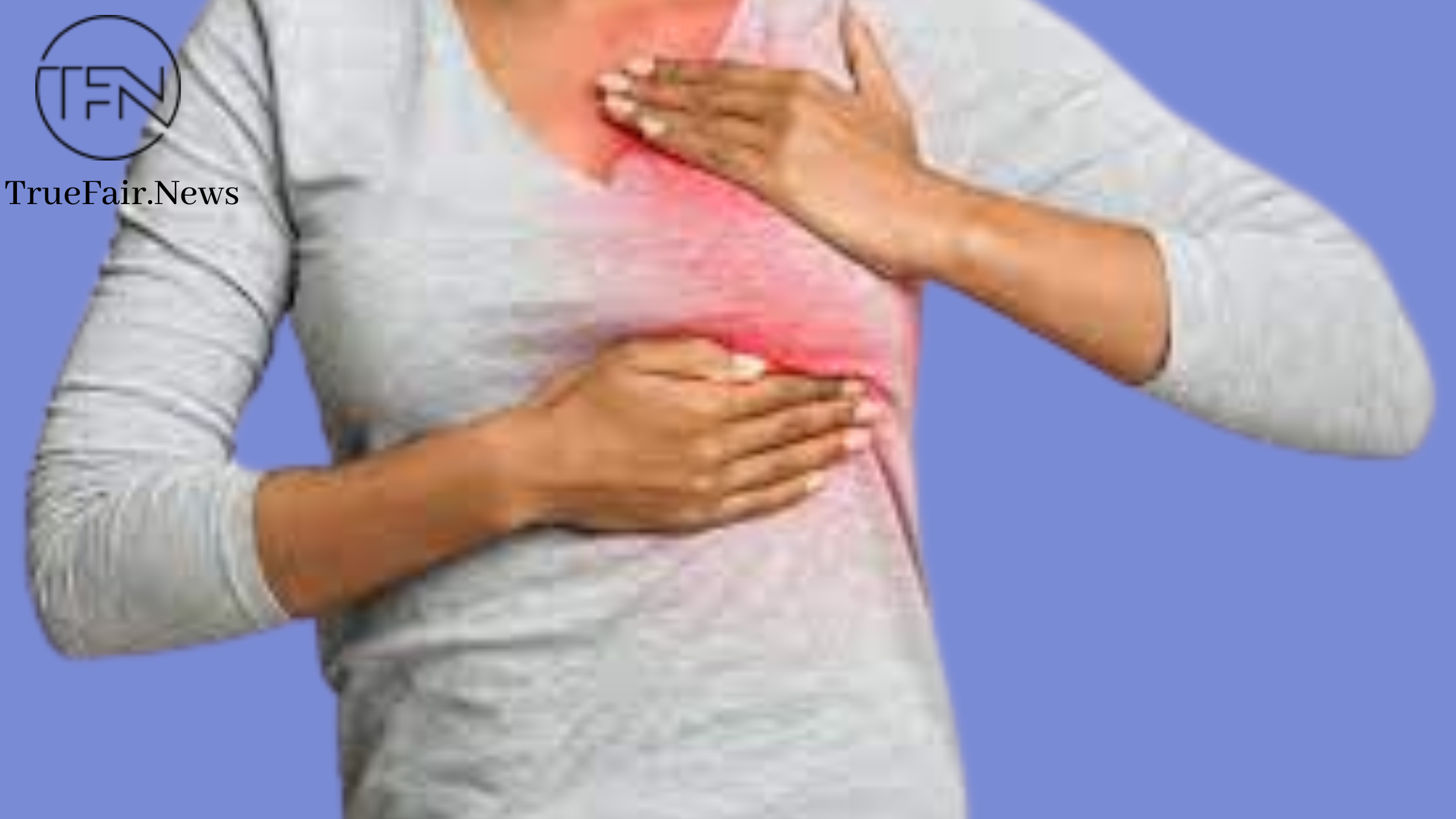
Introduction
According to the National Cancer Institute, about 1 in 8 women in the United States will develop breast cancer. This year, an estimated 268,600 women in the U.S. will be diagnosed with breast cancer, and 42,480 will die. While these figures are startling, there is yet hope. With early detection and improved treatment options, breast cancer mortality rates have declined since 1989. This blog post will explore some of the latest breast cancer treatment options and their meaning for patients and families. We will also dispel some common myths about breast cancer treatment and share resources for those who are facing a diagnosis.
What is breast cancer?
Breast cancer is a malignant tumor that forms in the tissues of the breast. Breast cancer can occur in men and women, but it is far more common in women. The main breast cancer types are ductal, lobular, and inflammatory breast cancer. Treatment for breast cancer may include surgery, radiation therapy, chemotherapy, hormone therapy, and targeted therapy.
What are the symptoms of breast cancer?
The most common symptom of breast cancer is a lump or mass in the breast. However, many women (and men) with breast cancer do not have any lumps or masses. Other possible symptoms of breast cancer include:
- Swelling of all or part of a breast (even if no lump is felt)
- Skin irritation or dimpling
- Breast or nipple pain
- Nipple retraction (turning inward)
- Redness, scaliness, or thickening of the nipple or breast skin
- Discharge from the nipple(not milky)
- Inverted nipple
- Changes in the size, shape, or appearance of a breast
- Pain in any area of the breast

What are the different types of breast cancer?
There are four main types of breast cancer.
1. Invasive ductal carcinoma: This is the most common type of breast cancer, accounting for about 80% of all cases. It starts in the milk ducts and can spread to other breast regions.
2. Invasive lobular carcinoma: This type of breast cancer starts in the milk lobules and accounts for about 10% of all cases. It can also spread to other parts of the breast.
3. Ductal carcinoma in situ: This is a non-invasive type of breast cancer that accounts for about 5% of all cases. It occurs when abnormal cells are present in the milk ducts but have not spread outside them.
4. Lobular carcinoma in situ: This is another non-invasive type of breast cancer that accounts for about 5% of all cases. It occurs when abnormal cells are present in the milk lobules but have not spread outside them.
What are the treatment options for breast cancer?
Various treatment options are available for breast cancer, which will be determined by the cancer stage, the type of cancer, and the patient's overall health. Treatment options may include surgery, radiation therapy, chemotherapy, hormone therapy, and targeted therapy.
Surgery is often the first line of treatment for breast cancer and can be used to remove the tumor and surrounding tissue. Radiation therapy employs high-energy beams to kill cancer cells and shrink tumors. Chemotherapy uses drugs to kill cancer cells and can be given intravenously or orally. Hormone therapy uses drugs to block the production or action of hormones that can promote the growth of certain types of breast cancer. Drugs that target specific chemicals involved in the growth and spread of cancer cells are used in targeted therapy.
Conclusion
There are a variety of treatments available for breast cancer, and the most appropriate treatment depends on the individual situation. However, some common treatments include surgery, radiation therapy, and chemotherapy. Additionally, new targeted therapies are being developed all the time and may offer even more effective treatment options in the future. If you or someone you know has been diagnosed with breast cancer, talk to a doctor about the available treatment options to decide which is best for you.
Not Medical Advice! Seek Professional Help!

